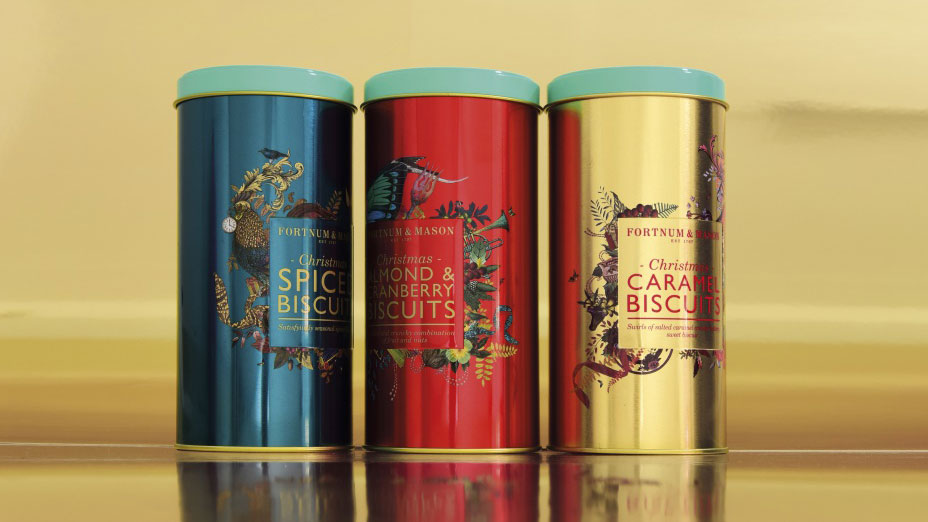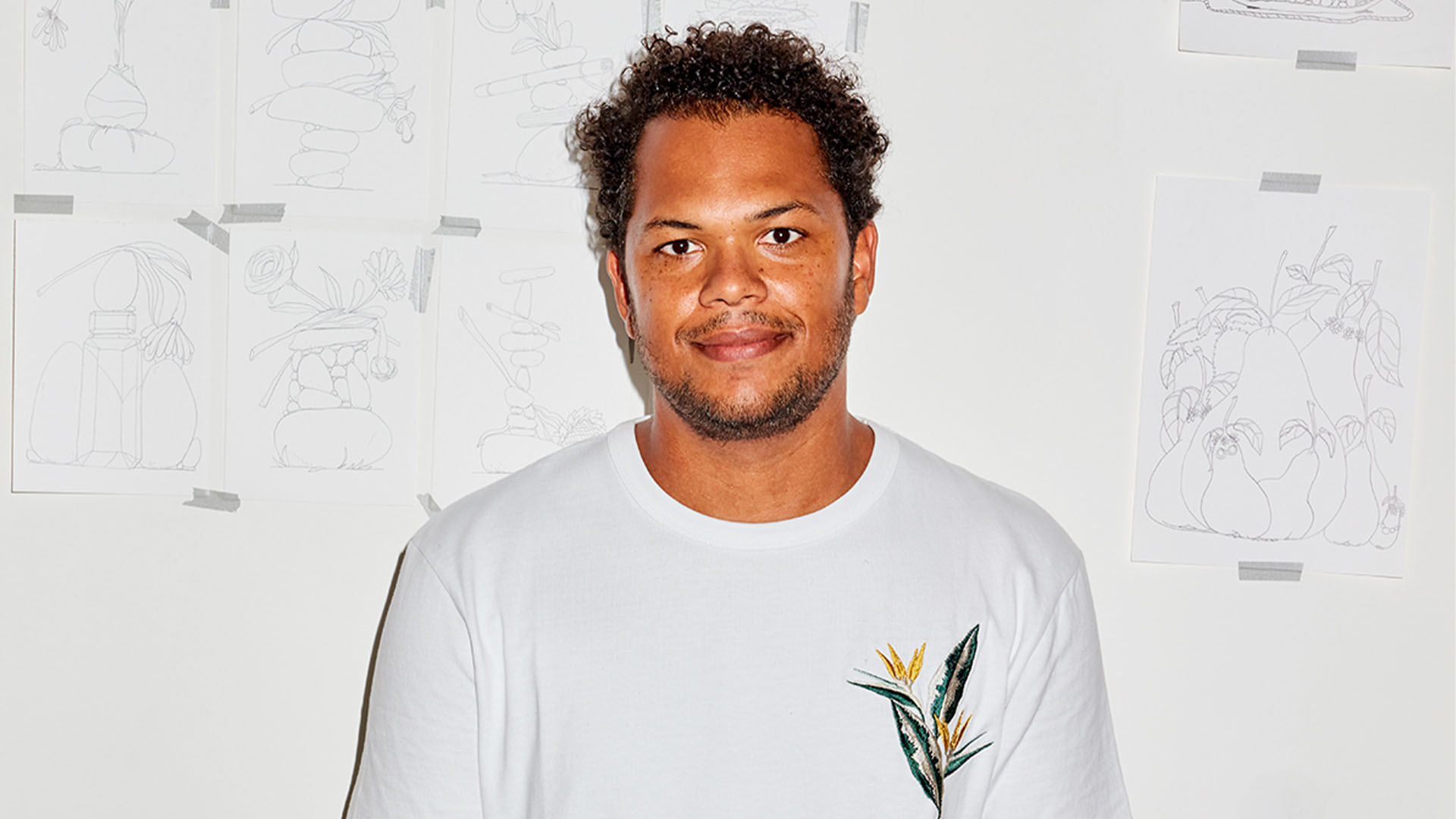4 top tips for successful seasonal packaging
Achieve shelf standout with your seasonal packaging.

Introducing a seasonal packaging design gives brands an opportunity to explore a new look for their product, and connect with consumers over a shared holiday spirit. But like any sales-boosting initiative, it demands effective preparation, which is only getting more difficult in today’s heated retail market.
So how do you get seasonal packaging right? And, ultimately, will it be good for business? Here are four top tips for getting it right at Christmas and beyond.
01. Think outside the box (or pouch, or hamper…)

We hear the word ‘Christmas’ and picture certain classic images: red and white Santa hats, rich green holly leaves, perfect sparkling snowflakes. Big brands have been re-using this kind of imagery for years to tap into consumers’ emotions and stimulate some festive excitement and anticipation.
But for smaller businesses that don’t enjoy the same reputation, playing it safe could mean products fail to pique consumers’ interest and pull them away from brands they’re already loyal to. “You could argue that brands should take more risks to engage with the consumer and think about what will look interesting and stand out on a shelf,” comments Hetal Pandit, director of branding and packaging at design agency DCP.
At a time when shelves are cluttered with loud prints and colours, minimalist packaging design could be powerful in distinguishing a product from its competition, while signifying quality and extravagance. “By adding a festive element to the packaging with a colour change, glitter or ribbons, you’re adding what people are looking for during this period,” says Mick Clark, managing director at packaging company WePack. “You can add value to the packaging by giving them a touch of luxury.”
02. Keep it on-brand

Seasonal packaging should build on your business’ brand identity, not revamp it completely. While it's tempting to try something completely new, go too far and you risk irritating consumers who don’t know what they’re buying or who they’re buying it from. Seasonal packaging should strengthen your brand identity, not confuse it.
When designing seasonal packaging, consider how it will maintain your brand’s core values, messages and appearance. “Making changes to packaging for certain times of the year helps keep the design fresh and it’s a good way to increase sales and stay relevant in consumers’ minds,” says Pandit.
Instead of entirely overhauling its iconic packaging, Toblerone released a special-edition Christmas pack in 2006 which replaced the brand name with ‘Ho Ho Ho’. Combining recognisable brand features like the classic yellow sleeve with a playful and relevant update, the redesign increased annual sales by a massive 400 per cent.
03. Choose your season wisely

For food and drink companies, it’s relatively easy to adapt product packaging throughout the year ahead of seasons and holidays such as Valentine’s Day, Halloween and, of course, Christmas. But not all industries are so well-suited to seasonal packaging. For them, it might make more commercial sense to focus investments elsewhere on the retail calendar.
Health and fitness companies probably wouldn’t see much interest in protein powder with pink hearts all over the packaging, for example. But limited-edition packaging for specific events such as the Super Bowl or Olympics would fit their branding and target market much better, and likely prove more commercially fruitful.
“Brands should consider which event or holiday they would most like to be associated with," explains Pandit. "There are plenty of opportunities for seasonal packaging, but some may be more relevant than others.
She suggests thinking beyond the most obvious holidays and events, and even considering those that can help raise awareness for a good cause. For example, for Pride 2018, Skittles removed the colour from its packaging, arguing that during Pride, there's only one rainbow that matters. The campaign was hugely successful. Take a look at our article on times brands temporarily changed their packaging for a good cause for more examples.
04. Don't over-stock

Research suggests that more than 60 per cent of consumers still make their purchasing decisions at the shelf. This means that a product’s ‘shelf appeal’ – its ability to attract and persuade its target – makes the crucial last impression before a consumer chooses whether to buy it. Seasonal packaging can contribute significantly to a product's shelf appeal, and renew interest in what you’re selling.
On the flip side, remember that seasonal products have a relatively short shelf life, and overestimating consumer demand could hamper revenue. “We’re seeing more and more companies trying not to steer too far away from the original design and only making minor changes during the festive seasons," comments Clark. "The last thing people want is for mountains of stock to be left over and having to sell them for rock-bottom prices once the occasion has been and gone.”
Hershey’s experienced this with its selection of Halloween-inspired chocolate in 2011, which failed to engage consumers and ultimately hurt profits. That disappointment prompted the company to design its new autumnal packaging to reflect the season as a whole instead of one specific holiday.
Read more:

Thank you for reading 5 articles this month* Join now for unlimited access
Enjoy your first month for just £1 / $1 / €1
*Read 5 free articles per month without a subscription

Join now for unlimited access
Try first month for just £1 / $1 / €1
Get the Creative Bloq Newsletter
Daily design news, reviews, how-tos and more, as picked by the editors.
